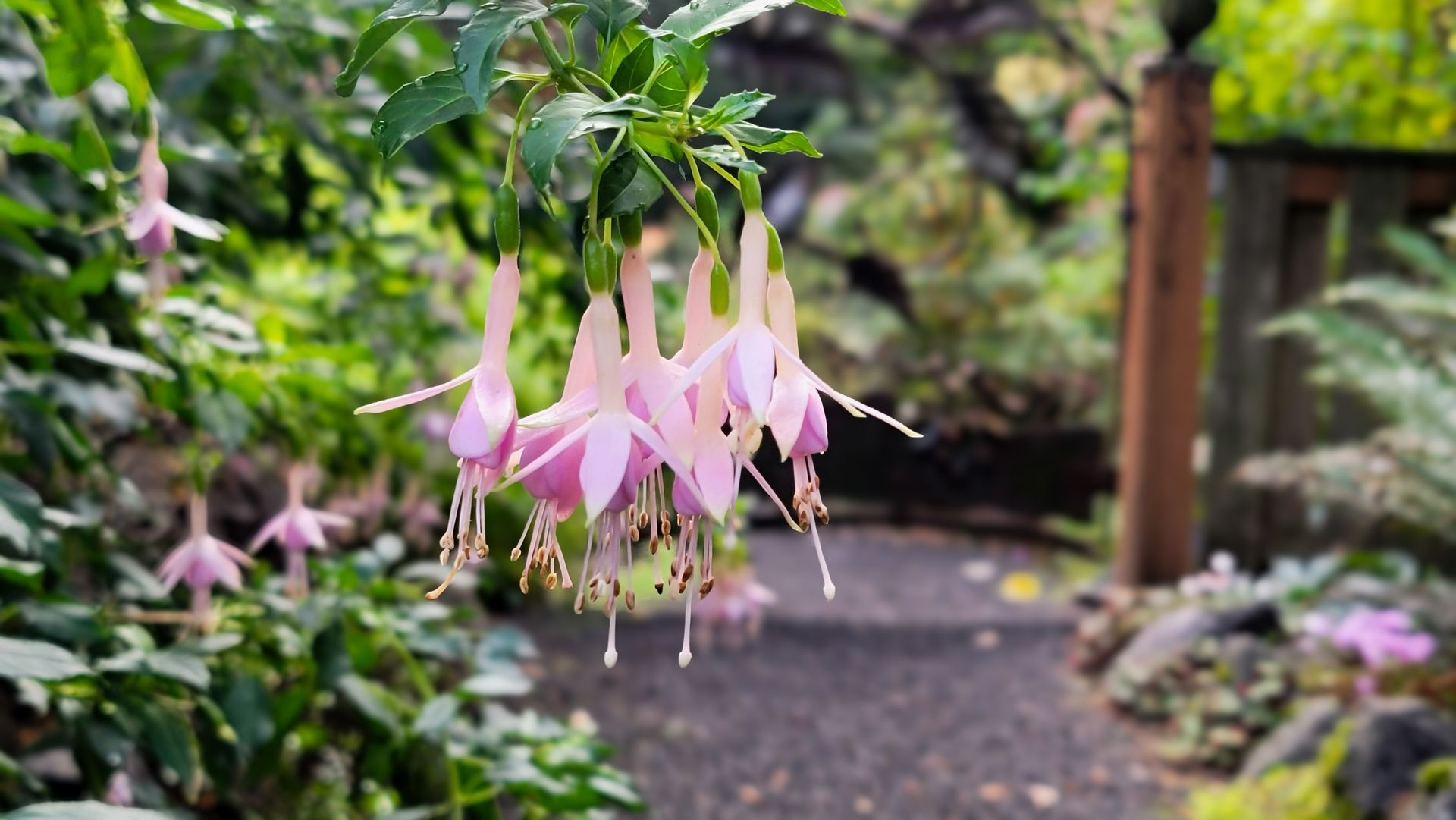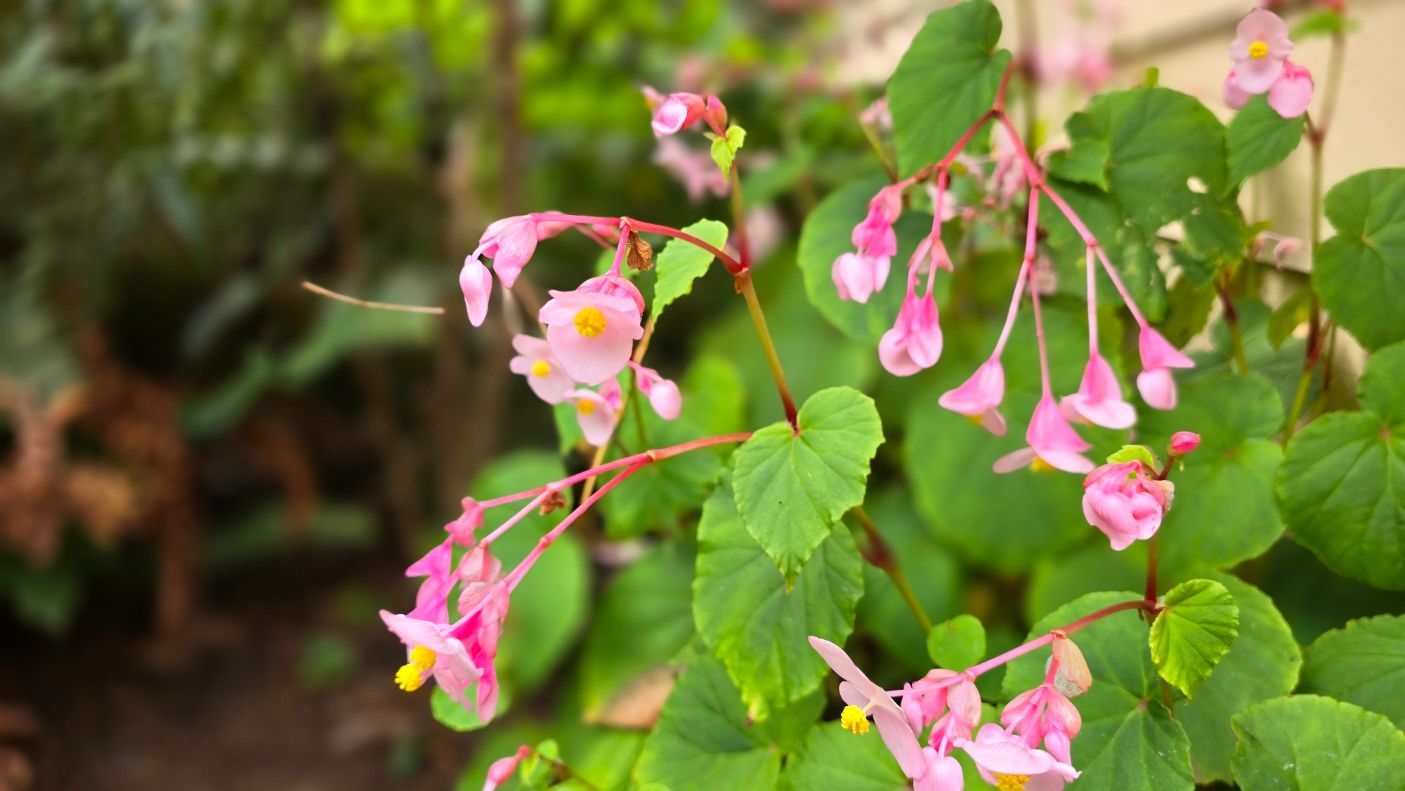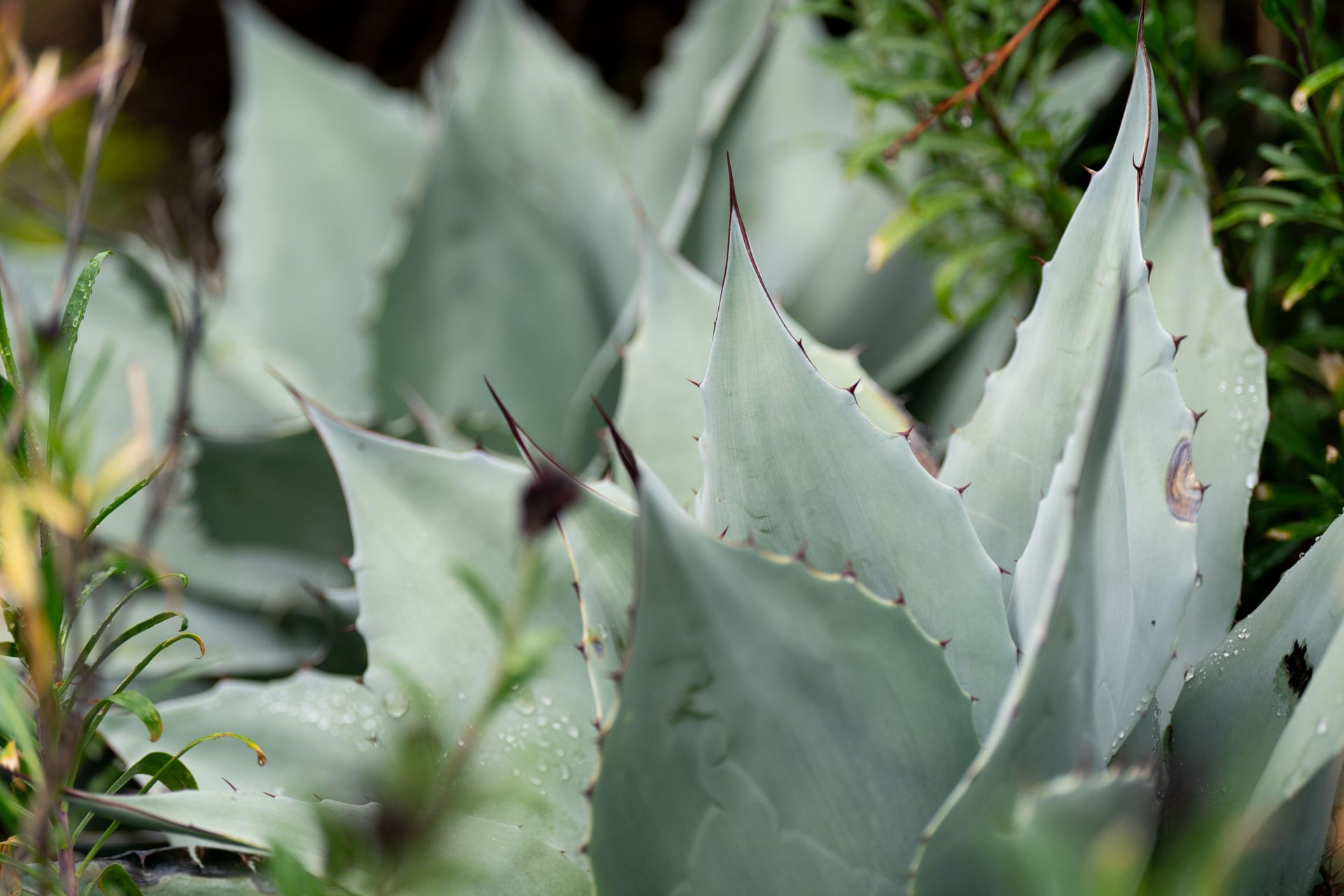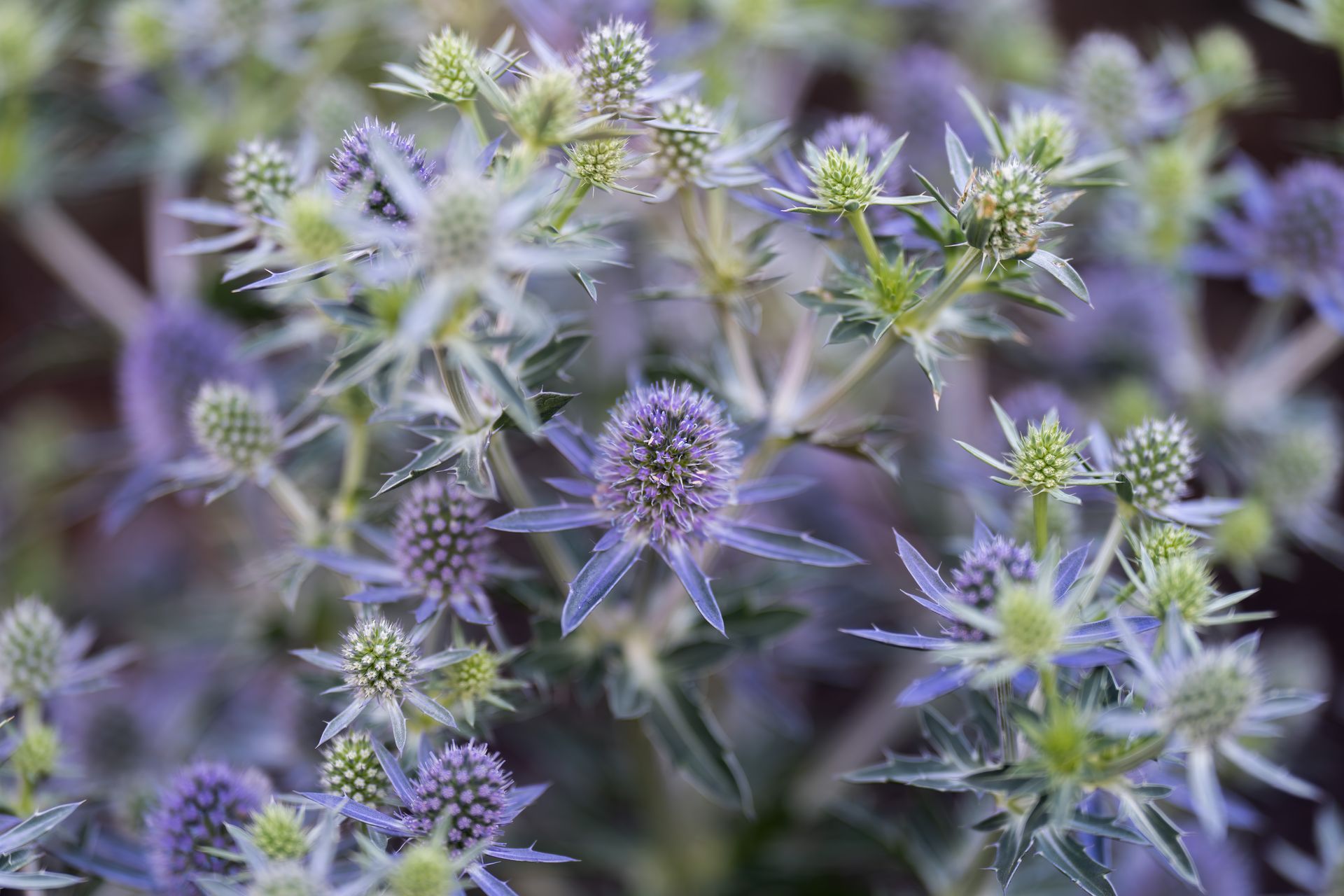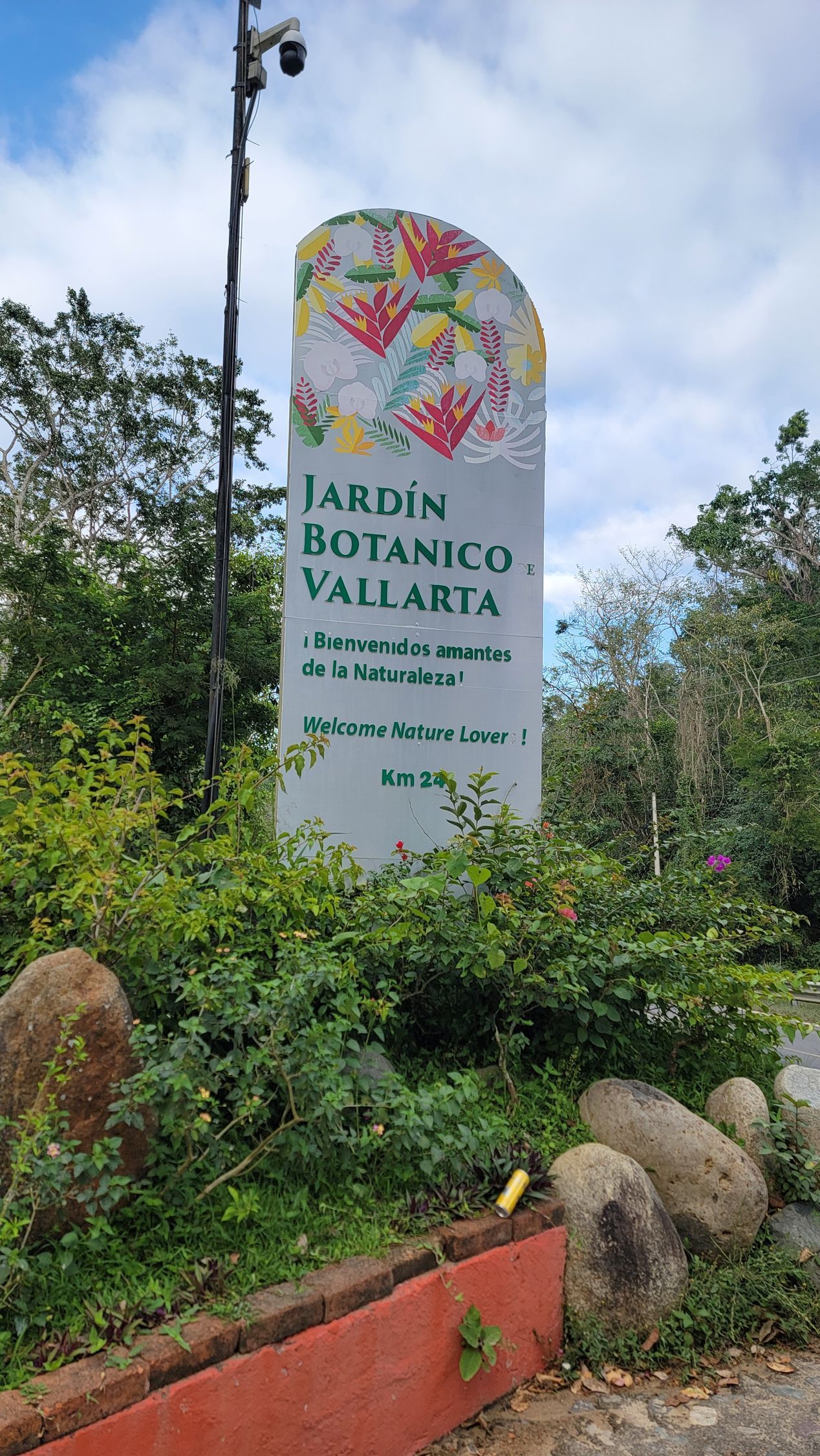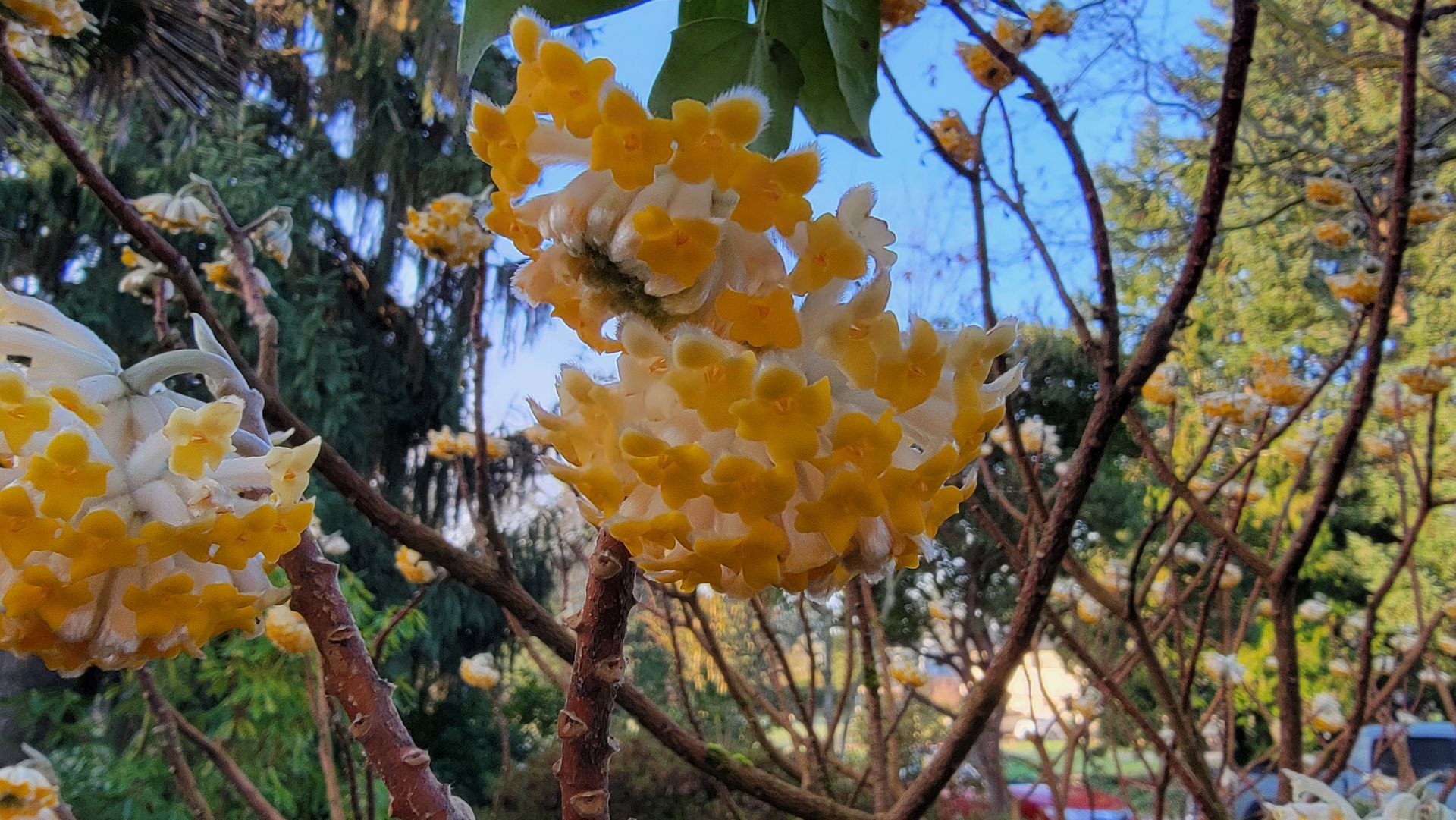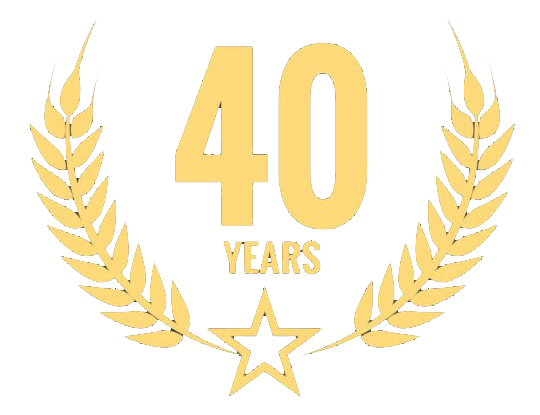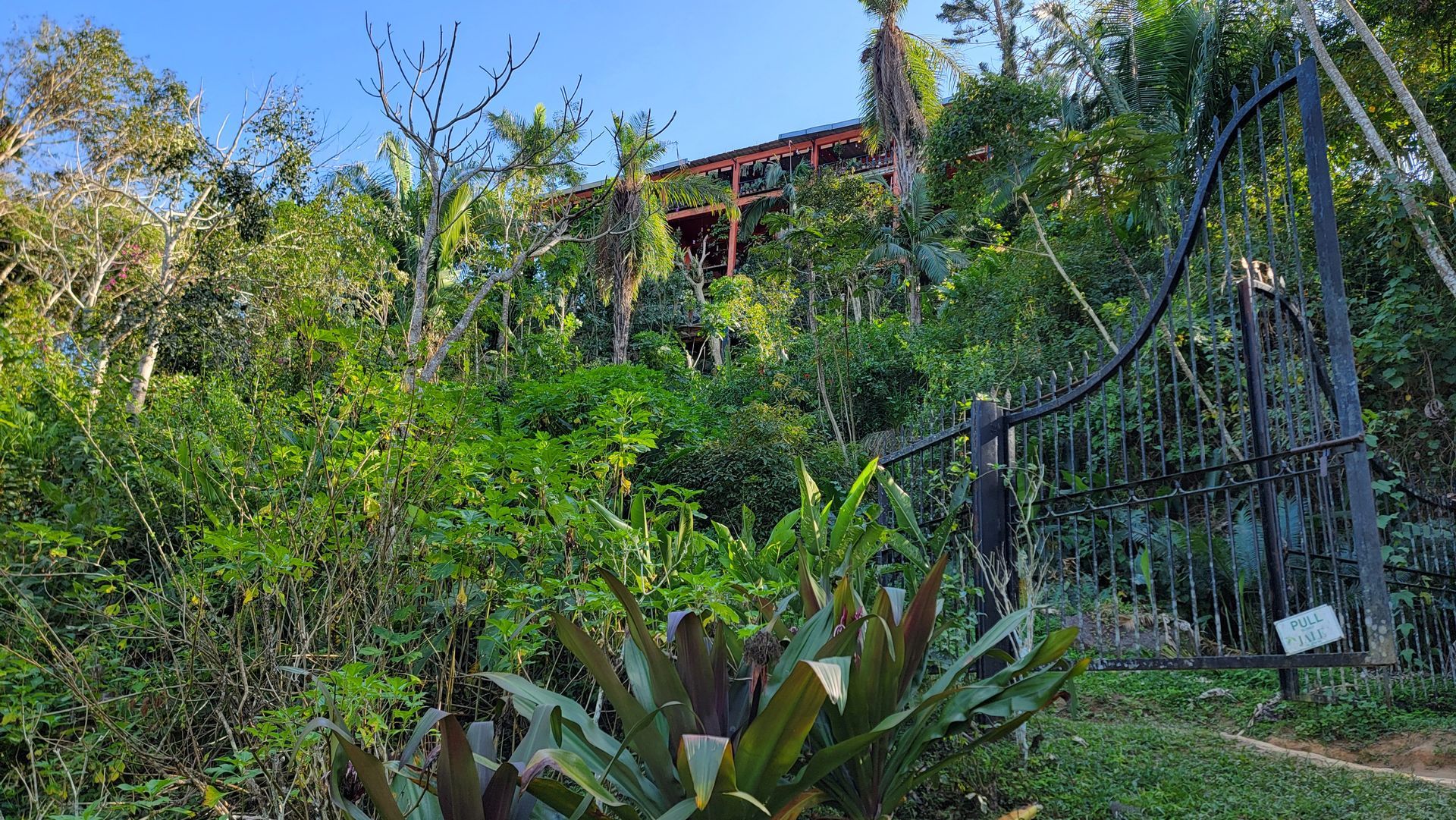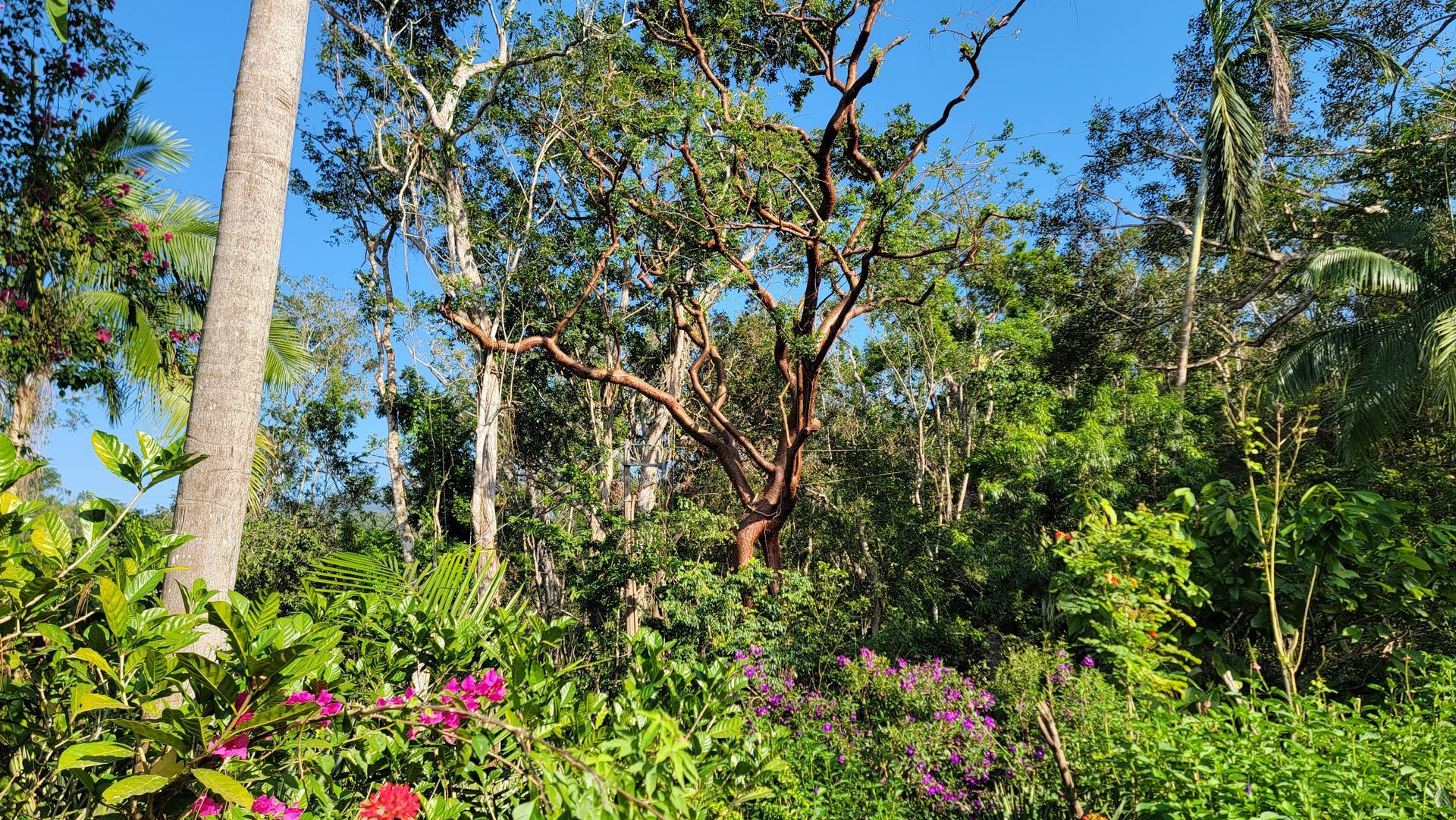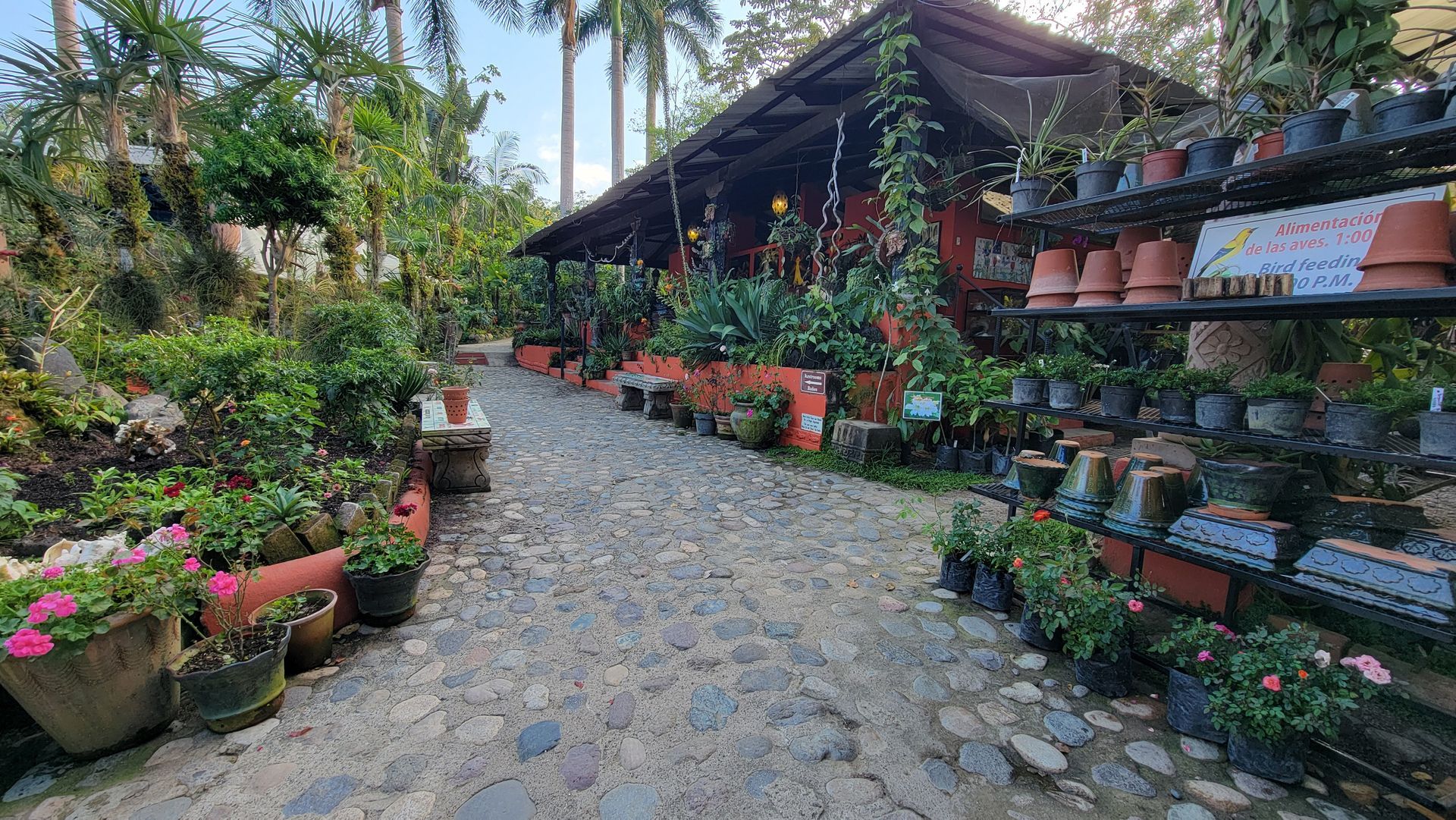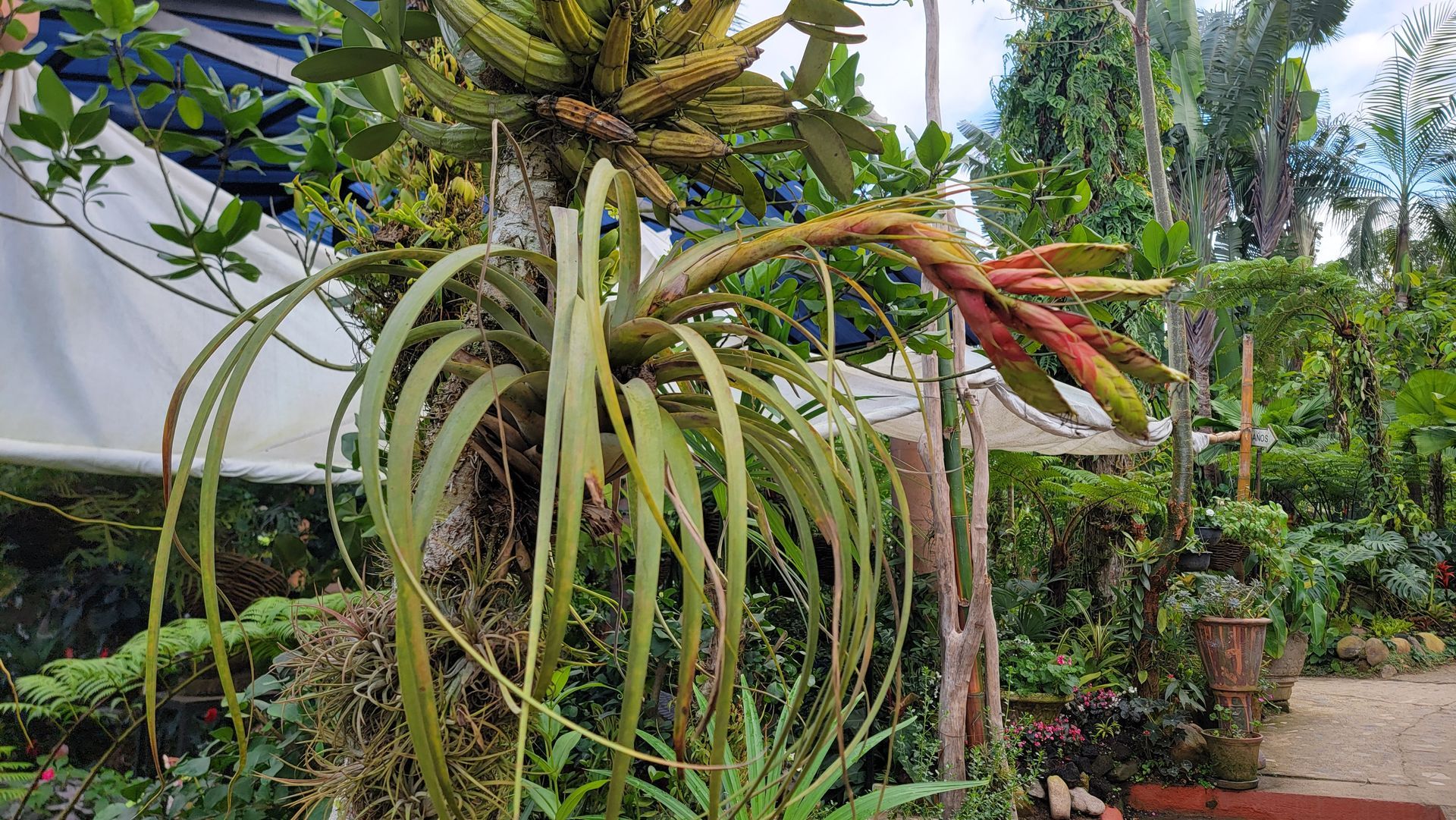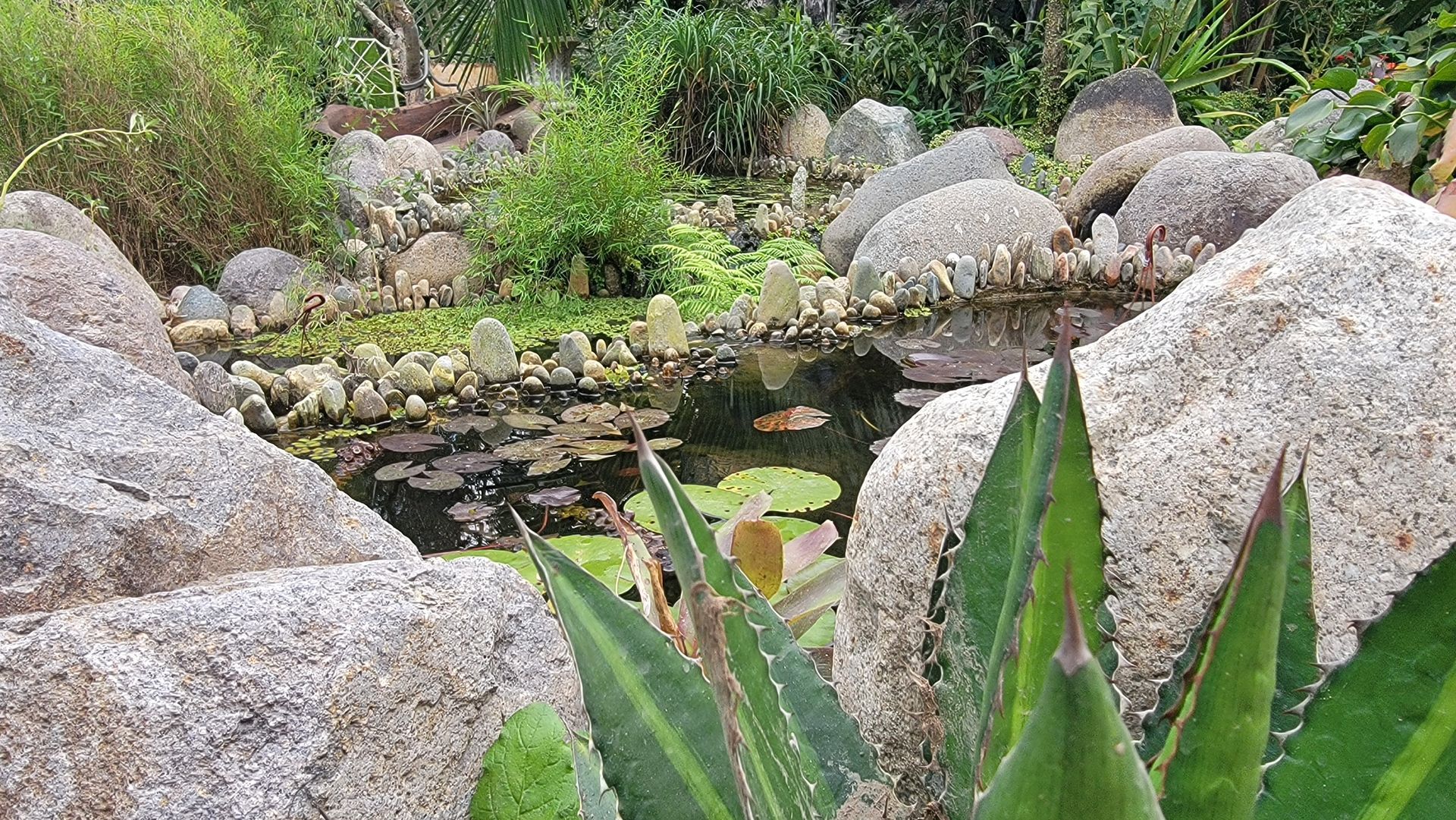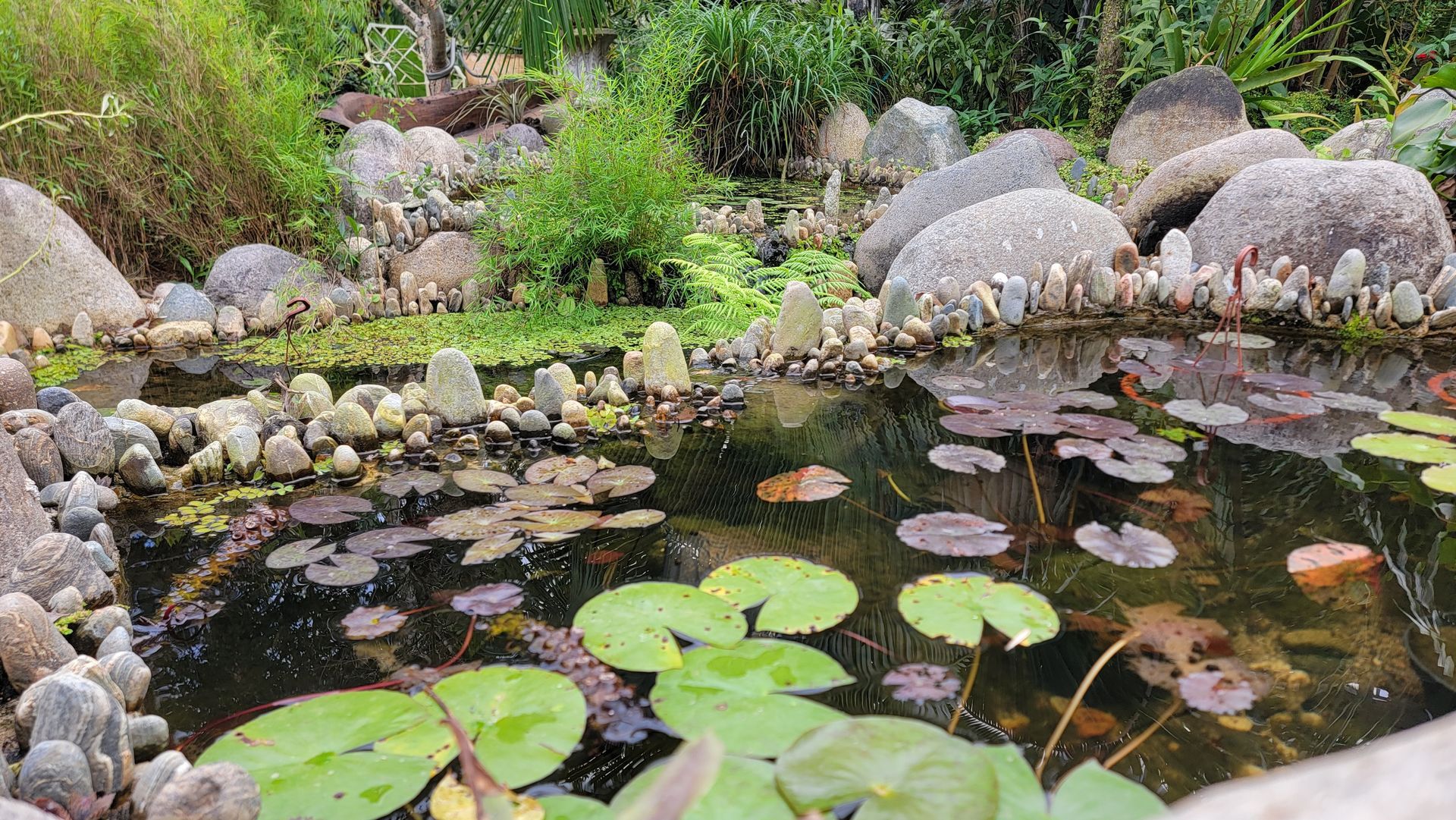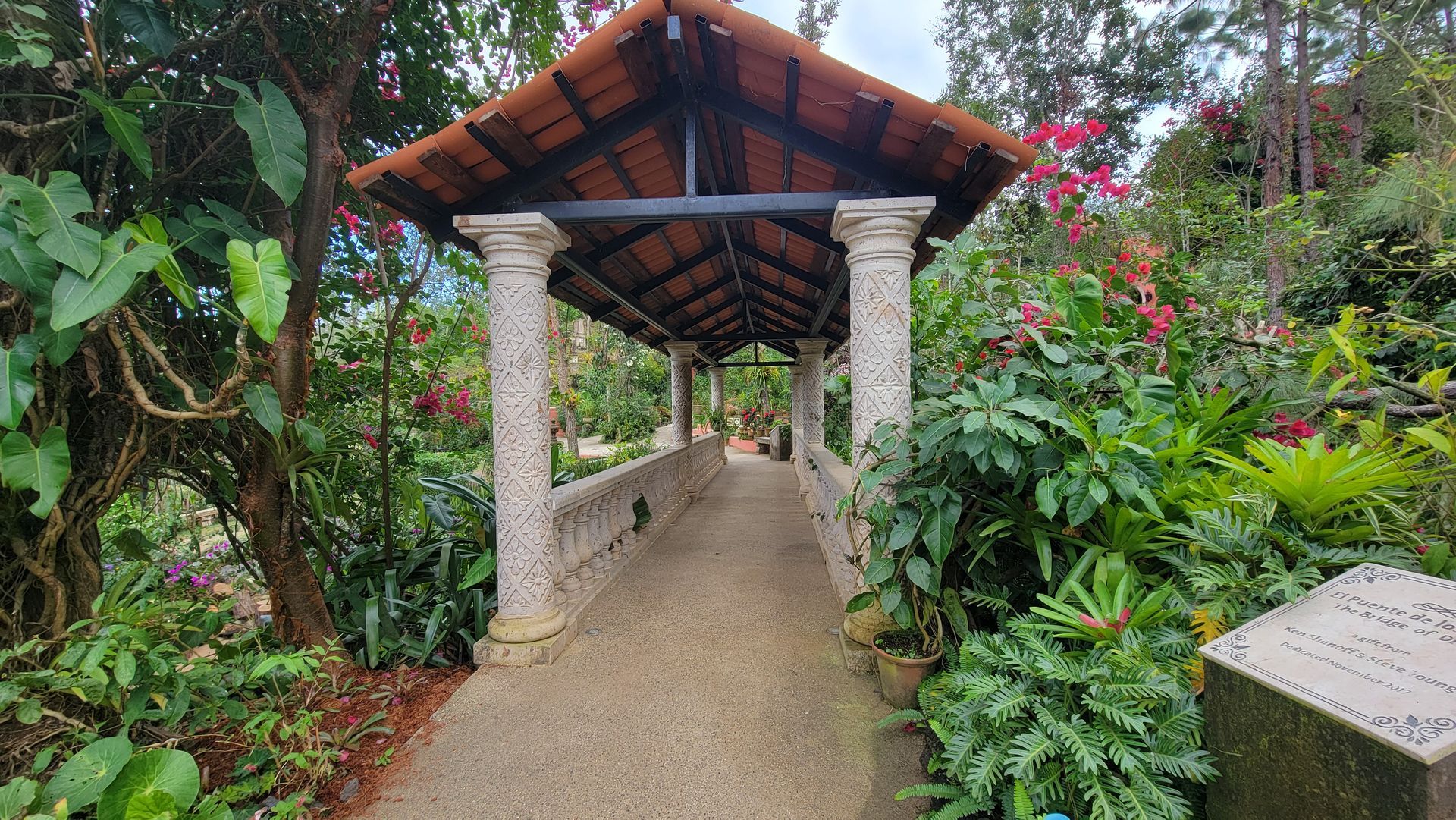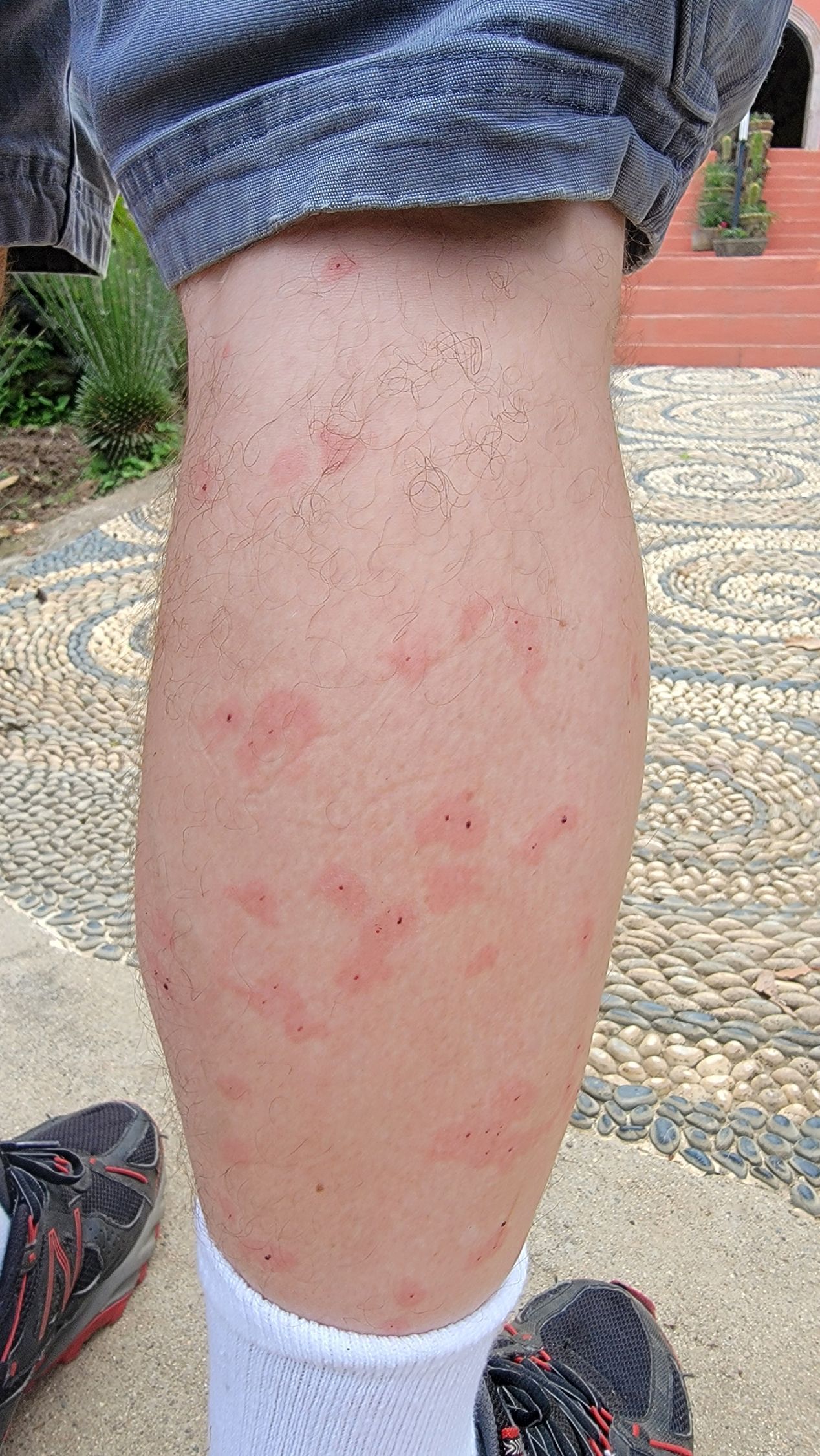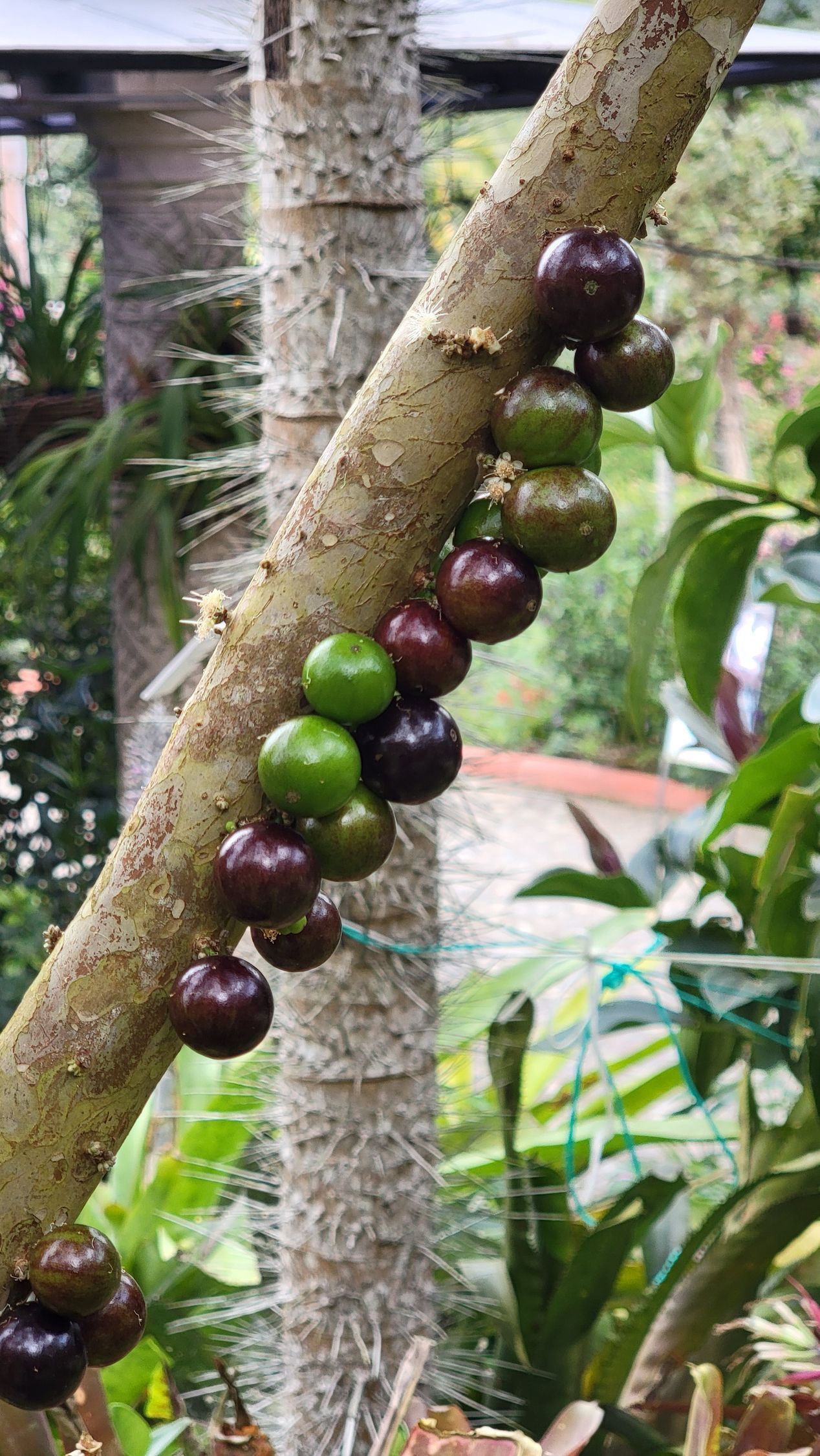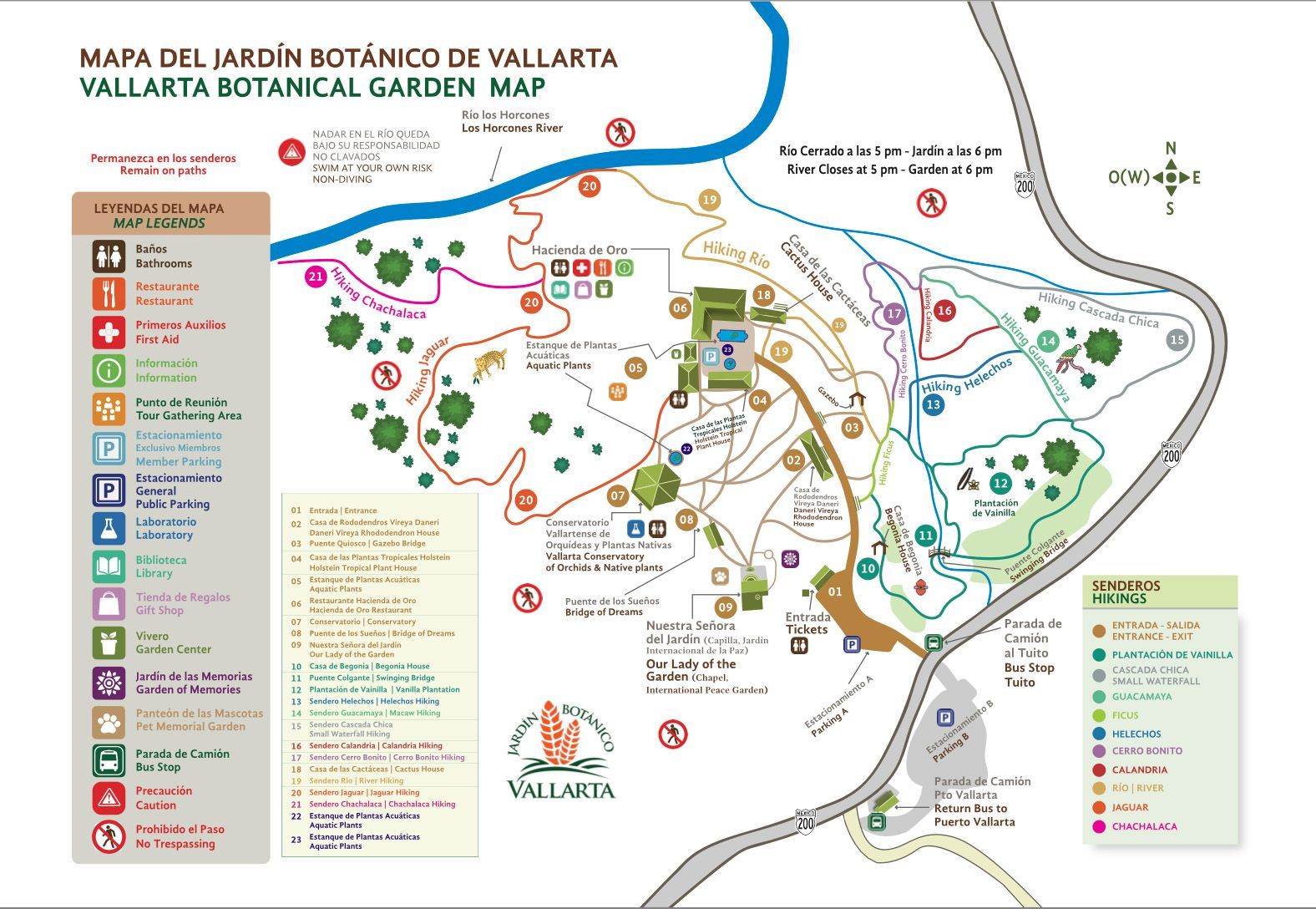By Phil Thornburg
•
May 14, 2024
I apologize for getting so busy that I forgot to publish the Winterbloomer. My Tips and Tricks are late. Fortunately, everyone knows that one can garden in May! It has been lovely to enjoy rainfall! I hope we will not have a heat wave year and this current warm trend will prevail. May Tips and Tricks: · I consider May the month to purchase annuals to plant outside in my pots or flower beds. (However, remember that it is not time yet to plant the ones that like HEAT, such as tomatoes and basil. The reason is that the soil has not yet warmed up enough by now, and the nights are still cool. So, if one plants these warmer season plants, they most likely will sit & pout, rot, or drown if it rains or if you irrigate too much. · Lawn and beds. If the rain has not been enough, it is time to begin moderate irrigation. In April, most people consider turning on their irrigation systems (if they have them) if it is dry. I recommend using this month as an irrigation check month so that if the month turns dry, I am all prepared! · I Fertilize the lawn with a natural (non-petrochemical) fertilizer just before I run the irrigation or before it rains so that the fertilizer will sink down to the roots and not burn my lawn. · I mow regularly. I set my lawn mower one setting higher than I set it in April. · I do not have this problem, but if you have found that you need to thatch and renovate your lawn to get the water to penetrate during the coming dry months, I have a recommendation. I have found that if I use natural fertilizer (no petroleum derivatives), I have yet to take this step. I believe that it is because the earthworms take care of the dead grass/stems called thatch and keep my ground free draining. Using petrochemicals burns their little skin or kills them outright and makes them leave my lawn! · Weed now! If I do a minimum of weeding, I always pull up the ones that are visibly going to seed first and then get what I can of the others. The others can often wait until another day if I do not have the time today. Five-minute weedings can be critical! · Begin root weevil control. These little critters notch Rhododendron leaves and make them look terrible! I often use nematodes for the beetle larvae. The nematodes come in a liquid that is kept in the refrigerator at your nursery because they are alive. Another alternative for adults is sprinkling DE (diatomaceous earth) around the plants' ground surface. A final way to get to the adults is to use sticky traps on the trunks of the plants to trap them. They cannot fly, and because they must walk up the trunk to get to the tender leaves, they get stuck. This is also cool because you get to see the results. · I usually leave the composting leaf and stem litter from my trimmings and leaf fall, which naturally drops from the trees and shrubs right on the ground underneath all shrubs, perennials, and trees. This is usually enough fertilizer for all my plants to do well. I do not fertilize any of these plants unless they look stressed or have chlorotic leaves, and then I use "Alaska Fish Fertilizer." Of course, my annuals, such as veggies and annual bedding flowers, need liquid fertilizer as they have only one season to do their job! · Consider planting Chrysanthemums now for a burst of fall color that will return unexpectedly every year. They like full sun and good drainage; do not plant them where water drains to them. They are also excellent plants for pollinators. · Control aphids by washing the foliage with soap suds, removing them by hand, or promoting natural predators, such as ladybugs and lacewings. · Tiny holes in foliage and the appearance of tiny, shiny, black beetles on cabbage and potatoes indicate a flea beetle attack or possibly cabbage butterflies. Treat the ground around the stems with DE, spray with BT (Bacillus thuringiensis), or wash with soapy water. Pick them off if you can see them or all the above. · I control slugs with bait, salt, or by smashing. There is always the 'Beer in the bowl' method where one gets them soused, and they drown in their own drink! · Prune only those plants that really need it, but remember, wait until after they flower! · Later this month or the first week of June, plant the warm-season vegetables: tomatoes, peppers, eggplants, snap and lima beans, Brussels sprouts, cucumbers for slicing and pickling, dill, kale, pumpkins, summer and winter squash, and onions. · I spray fruit, nut, and shade trees for tent caterpillars, but only if present. Get out there and do this now! Remember that doing so will reduce boredom associated with leftover COVID-19 cloistering and any under-stimulation from electronic media and sofa lounging. Being in your garden will get you in touch with the natural world! Smell the air, listen to the birds, the fluttering leaves, and the frogs, and feel the sun and wind in your hair!

